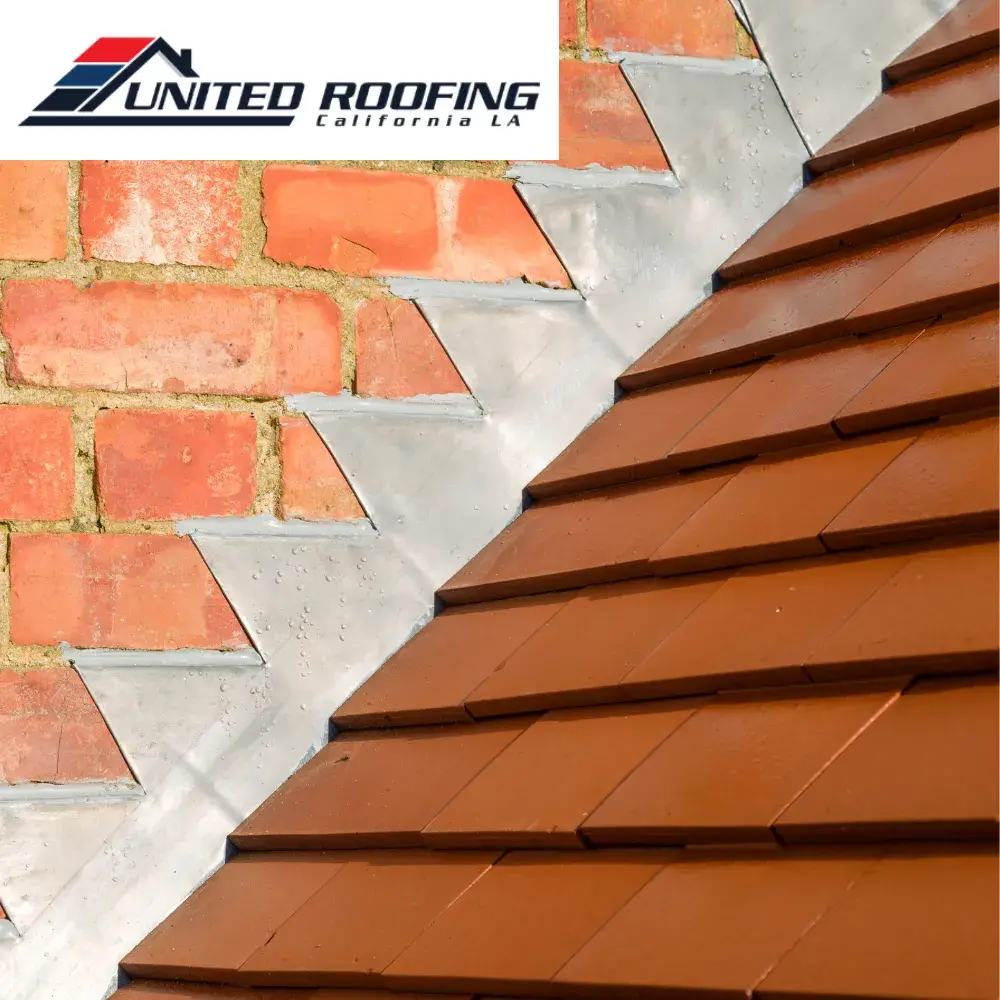Not all roofing problems are immediately visible, and a professional inspection before starting a replacement can reveal underlying issues that may go unnoticed. Addressing these concerns early ensures that the new system is installed on a solid foundation, preventing costly repairs and structural damage in the future. A thorough evaluation provides insight into the condition of the decking, ventilation, and moisture levels, helping homeowners make informed decisions before proceeding with a Roofing Replacement.
Moisture Damage and Hidden Leaks
Water intrusion is one of the most common causes of deterioration in roofing structures. Even minor leaks, when left undetected, can lead to rotting wood, mold growth, and weakened support beams. A detailed inspection helps identify areas where moisture has infiltrated the underlayment, preventing further damage before installing new materials. Trapped moisture within the attic can also affect insulation efficiency, increasing energy costs and reducing indoor comfort levels.
Compromised Roof Decking
The stability of a roof depends on the integrity of the decking beneath the outer materials. Over time, exposure to the elements, temperature fluctuations, and long-term wear can cause deterioration. Signs of soft spots, warping, or sagging indicate structural weaknesses that must be addressed before proceeding with a Roofing Replacement. Reinforcing or replacing compromised sections ensures that the new installation remains secure and capable of supporting the weight of modern roofing systems.
Poor Ventilation and Energy Loss
Ventilation plays a crucial role in extending the lifespan of a roof and maintaining an energy-efficient home. A lack of proper airflow in the attic can lead to heat buildup in warmer months and condensation-related issues in colder seasons. Without adequate ventilation, roofing materials degrade faster, insulation becomes less effective, and cooling or heating expenses rise. Evaluating airflow during an inspection ensures that necessary adjustments are made to improve performance and durability.
Structural and Safety Concerns
Beyond surface damage, hidden structural problems can pose safety risks if not addressed before installation. Inspections assess the overall integrity of the framework, looking for signs of shifting, cracking, or compromised load-bearing capacity. Addressing these concerns before replacing materials prevents additional strain on weakened areas and reduces the potential for long-term damage. Ensuring that the structure is sound allows for a seamless installation process and long-term stability.
Learn More
Why a Roofing Replacement Inspection is Essential Before Any Work Beginss

